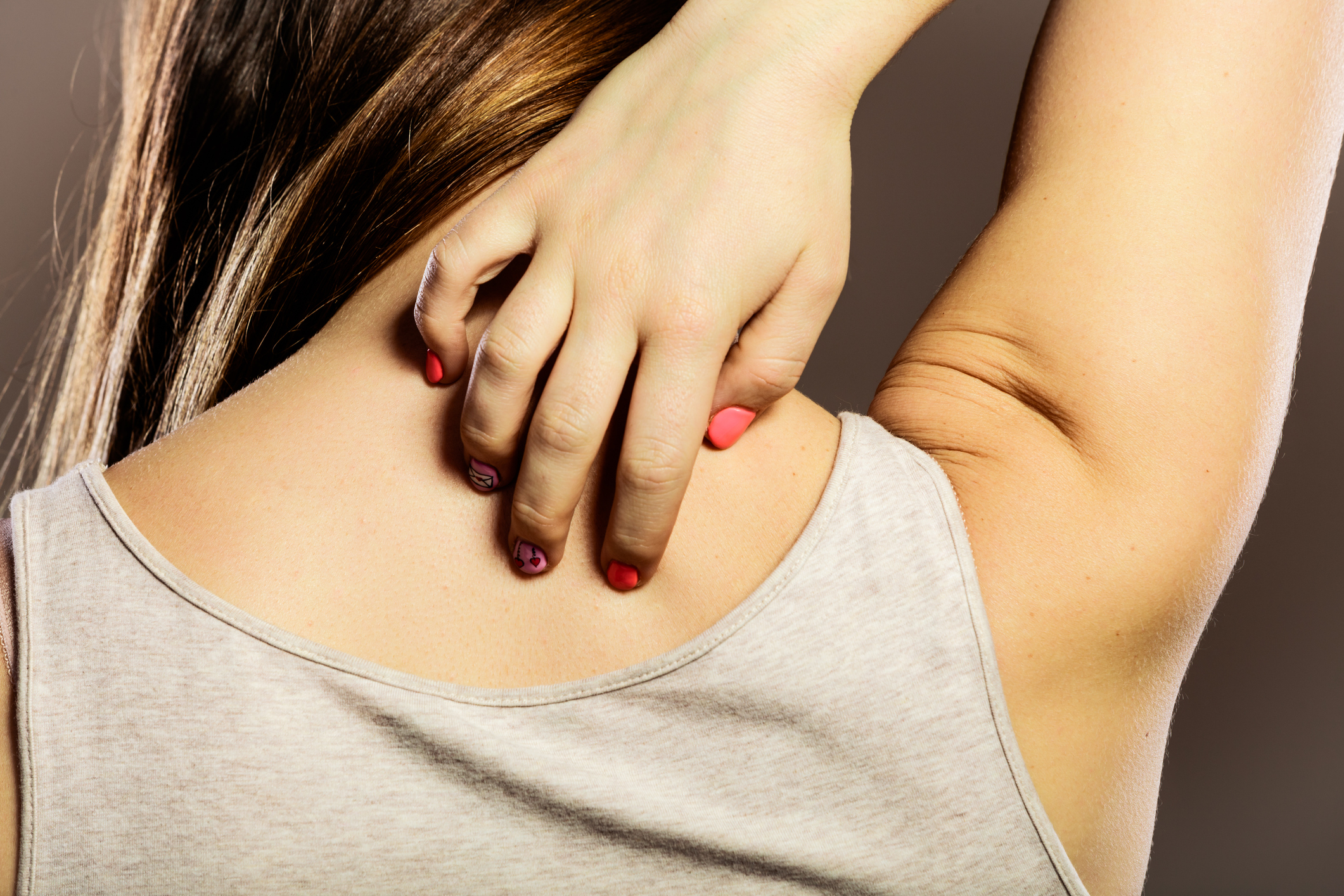From the most “fashionable” hairstyle to traditional highlights from the sun. In a hair salon, styles are constantly changing and currently, a touch of color or a different hairstyle may be done simply to cover unpleasant white hair. However, after dying their hair, some women have had to deal with sudden redness, itching and bubbles, and even in some rare cases, respiratory problems. 4% of consumers – as calculated by the University of California in a review published in Cosmetics and toilettes applied science – have had allergic reactions to the chemicals in hair dyes, which are reagents that are used to give the proper shade of color preferred , however can also cause some discomfort.
Hair dyes and skin allergies
“An allergic reaction to hair dye – explains professor Marcello Monti , head of Dermatology in Humanitas and Professor of Dermatology at the University of Milano – is a frequent occurrence and is mainly due to the presence of paraphenylendiamine in the compound of the dye. This is the reagent that steers the hair color.”
To identify this substance as “problematic”, 3 out of 100 composing dyes can be seen with a label and a code marked PPD. However, a hairdresser’s control of hair dye is not always easy or possible.
“Did you ever try to replace PPD with other reagents, but end up with similar allergic reactions and a hair dye that just doesn’t work as well? What do you do? Fortunately, in most cases the allergy results in itching and redness of the scalp after the dye, “says Monti. However, the most important problem for a minority of people may be the fact that in some cases, high hypersensitivity may lead to swelling of the lymph nodes, to swelling around the face, and all the way to respiratory distress. In these cases, a medical and dermatological treatment is always recommended.”
If you know that you are sensitive to these substances or have had previous bad experiences, then it is best to stay away from them. Also, diverting to natural products is not always enough. The herbal and plant dyes are not on the allergy tests. The dyes are extracted from plants with chemical solvents, such as diaminotoluene and diaminobenzene and problems may present themselves even in such cases.
Dye allergies and testing
The most common “test to do” that is being done consists of applying a patch to your skin to find out if you are allergic to paraphenylendiamine. This is also recommended for hairdressers, whose profession puts them at high risk, since they are exposed for many hours of the day to chemicals.
These “patches” aim to identify 90% of allergenic ingredients that are discovered with the testing done by the dermatologist. However, it is not always that simple.
“The idea of an exercise test with patch-mix to be applied directly to the skin – says Monti – seems valid, but it is impractical. The patch should be held in place for 48 hours and then removed to reveal the test results.”
If a small eczema forms in the area where the patch was applied, the result is “positive”, it means that you are allergic. However, this does not always ensure a zero percent risk.
“The answer may turn out to be falsely negative because the patch was badly positioned and detached or falsely positive because it is the same patch that caused irritation itself. In any case, the testing requires experience and expertise as well as an appropriate environment where it can be conducted- concluded Professor Monti- and I do not think that a hair salon is the right one”.
-
3,400 Physicians
-
110,400 Annual surgeries
-
190,400 Annual Inpatient Admissions
-
928,000 Patients



